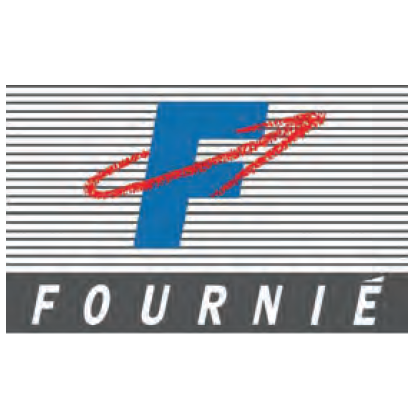The Dataviz module: tested and approved by the integrator Fournié
Fournié & Cie has been working with the Topkapi supervision solution for many years. Constantly on the lookout for functional enhancements, this integrator was quick to adopt version 6.2 of Topkapi and, in particular, put its new Dataviz module to the test. Fournié & Cie tell us about their experience.
Fournié & Cie specialises in the treatment of wastewater and drinking water. “We’re involved in a wide range of issues, from wastewater treatment plants to lift stations, from drinking water production to distribution via relay stations, the supply and filling of water towers, and even irrigation for some farmers. We have been using Topkapi supervision software for many years now. We’ve worked on various versions of the solution, right up to the latest - version 6.2 - with its new Dataviz module.”
What do you see as the strenghs of Topkapi?
Firstly, its openness and interoperability, which make it extremely flexible. We’re thinking of the variety of smart equipment, PLCs, data loggers and other devices that can be integrated, as well as the flexibility of creating block diagrams. As long as we have a fairly precise idea of what we want to do, Topkapi is not restrictive in its display capabilities.
Secondly, Topkapi has the enormous advantage of having all its configuration features centralised around a single entry point. When we open an application, we can do everything from there, including working on the ancillary modules that are launched from the same interface. This is not the case with all competitors to this solution.
On a day-to-day basis, the import tools - especially when it comes to creating variables in the spreadsheet database - are very practical. We also like the creation of object models and, above all, we make extensive use of the data structure with the automatic link to a summary object in the library. It’s quite easy for us as integrators to instantiate data models.
Lastly, the JavaScript language is a real bonus for the solution. Everything we can’t do with the standard Topkapi elements we can do with JavaScript. It’s so practical!
What attracted you to the new Dataviz module in V6.2?
When the Dataviz module came out, we just so happened to have a customer who wanted to modernise their supervision system. This system generated a daily report from Topkapi’s Reports module (limited to 255 variables for export in version 5.0). This report actually comprised 5 or 6 reports, all of which were run in the same Excel file. It was restrictive having to keep it up-to-date and also complex to run. Following the presentation of Dataviz, we immediately saw its potential to make this report of 60 lift stations easier to use. And we’re very pleased with the result: the customer’s information is clearer and easier to understand. Today, every agent can go and consult the data for the sector they require, without any extraneous information. We use the table and top N functions in Dataviz. We put a great deal of thought into how to structure and enrich the raw data in order to put in place the filters we wanted in Dataviz. In the future, this supervision system will be expanded to include 70 additional lift stations. All we have to do is configure the report by adding information on the new lift stations and Dataviz will automatically update itself!
We’re thinking about other applications, such as leak detection in the drinking water network, with efficiency calculations. Dataviz would provide a more visual and dynamic rendering than we can currently offer. This would be easier to use, in particular through the possibility of filtering to - for example - carry out efficiency and leak searches on entire sectors that correlate several meters. With the Dataviz module, we could assign a meter to a particular sector and then filter directly on the sectors to consult my information.
What are your recommendations for using Dataviz?
Before embarking on a Dataviz project, it’s essential to think carefully about your needs and the indicators you want to use. This is a key step, and above all it should be carried out with the end customer: the one who best knows the network. Once the requirement has been clearly defined, an integrator can prepare its report and plan the generation of all the data sources required for the widgets in Dataviz.
From my experience, we strongly recommend it for new projects or total overhauls, when it’s necessary to reset the configuration. For example, for our customers who are changing their PLCs from the Sofrel S500 to the S4W. Dataviz is a powerful visualisation tool that also has the advantage of being usable from Webserv. Customers on-site only need a laptop to consult their data. It makes things so easy!



